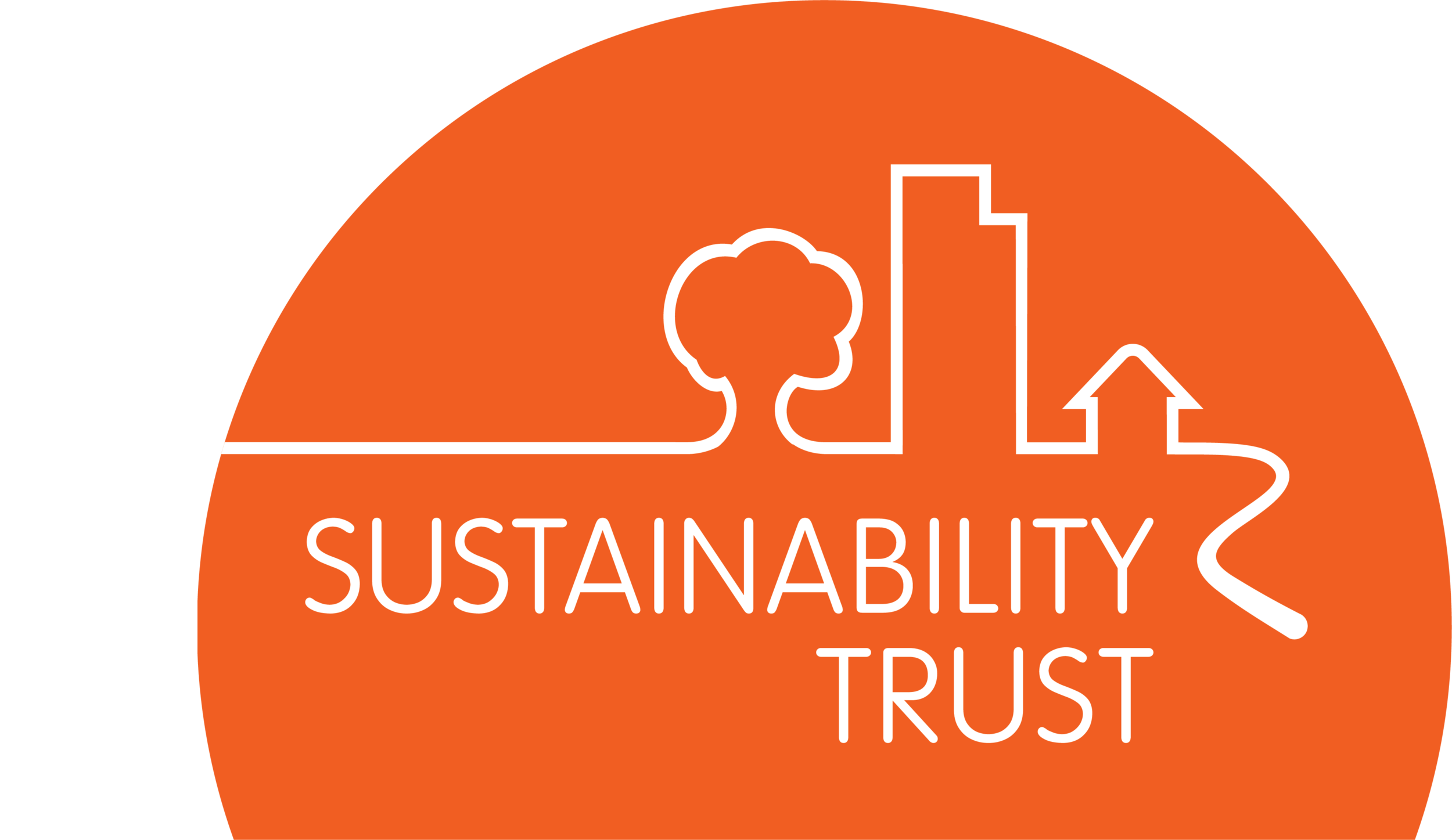What does the latest IPCC report mean for cities?
Published 8 March 2022
What does the latest IPCC report mean for cities?
By Nicole Warren, Sustainable Enterprise Solutions team
On March 2nd, our Sustainable Workplace team watched a webinar from Canterbury University highlighting key points from the latest IPCC report and what it means for urban cities specifically. The webinar highlighted the challenges for adaptation in cities, which are varied and somewhat complex. Here we present a summary of the key challenges and priorities for government.
One notion was increasing ‘risk cascades’. For example, an unexpected snowfall on a town impacts urban services such as blocked transport, but also information technology access through loss of internet/phone lines etc, and therefore goes on to impact social infrastructure (our connections and relatability) by people being unable to connect with each other, as a result of not getting into work, or not being able to send messages to family and friends. Lack of connection then impacts social cohesion etc, hence how climate risk cascades into other situations. In the same way, they pointed out the risk to community wellbeing and cohesion; if people have to move more regularly or to new areas due to increasingly common disruptive weather events or emergencies, this separates people’s ability to stay connected, to each other and also to land areas or communities, feeling at home and living in security.
Half the world’s population lives in areas that are considered more highly vulnerable to climate risk, and about 60% of the world’s population are expected to be impacted by 2050. Mortality can also be expected to increase in urban areas. Growing heat, heatwaves and their impacts result in a 20% loss of productivity in areas that already have warm climates. Health, well-being and productivity declines are overlapping challenges resulting from climate change that will all need work.
In addition to a lack of finances and resource capacity in governments, lack of trust in governments are a barrier to adaptation. If people do not feel heard by government and have been historically and systematically let down, believing that government will act in people’s best interests is difficult, which makes it difficult to achieve collaboration and uptake of initiatives among citizens.
Finally, they noted that we are approaching the limits to adaptation. Natural solutions, praised as climate prevention and adaptive solutions, stop working or have reduced capacity to absorb climate impacts once we reach 1.5 degrees because ecological solutions rely on a stable climate. Small islands will be impacted in such a way that they are not expected to have enough freshwater to support their communities once we reach 1.5 degrees of warming.
However, the webinar acknowledged we’ve passed the time of inconclusion about climate change. 190 governments signed off the report showing strong global agreement there is a problem and need for action. This is still the decade for action. However, despite lots of increases in adaptation plans; these are not matching action or actual increase in adaptation seen in reality. Work is uneven globally and not happening fast enough. Some ‘solutions’ also just transfer risk to other places; they used the example of sea walls built in one suburb or beach typically transfer risk to the next beach (mostly because this solution is one that works against nature). And you can extrapolate this into a social issue; if it was built in a rich suburb, they might transfer the risk to a poorer suburb. Another well known ‘solution’, carbon offsetting, has ethical issues too; if high-income countries rely on low-income countries for off-sets, local money in low-income countries is incentivised to be spent on work offsetting overseas activity, instead of that money being used on local adaptation.
Governments attempting to provide solutions to all social levels also have the question of how to work and adapt to informal settlements. Such communities tend to develop their own infrastructure that may not align with standardised infrastructure. While this might be assumed problematic, people on the ground often have a better understanding of their own risks and pitfalls of the standardised infrastructure. Studies suggest that working with them, rather than against them, often results in better outcomes overall. The need for community engagement, partnerships and working collaboratively between groups at all levels came through strongly in the webinar as a way to successfully find and implement adaptation initiatives.
And that note leads us to a positive end; there is massively increased acknowledgement from governments that climate change is real and problematic; which is a big step forward from the last decade! Climate science is also better understood. And there is increasing understanding that local collaboration, partnerships and working with and for marginalised communities has the best outcomes for urban climate resilience and action, as mentioned. Prioritising climate action for the most marginalised groups offers the most value for action and indigenous knowledge is called on as a way to encourage adaptation. Some of the next steps for successful climate transition are that governments need to provide an institutional framework for change, encourage enhancing knowledge, including (especially) the use of indigenous knowledge. Monitoring and evaluation for impact also need to be consistent and follow clear goals, responsibilities and receive direct participation from people of all walks of life.
The final sentence in the IPCC report is a stark one: “Any further delay in concerted global action will miss a brief and rapidly closing window to secure a liveable future” – and while we can’t disagree, we are now at a point where the world has finally accepted the urgency, and can rise to the challenge.
